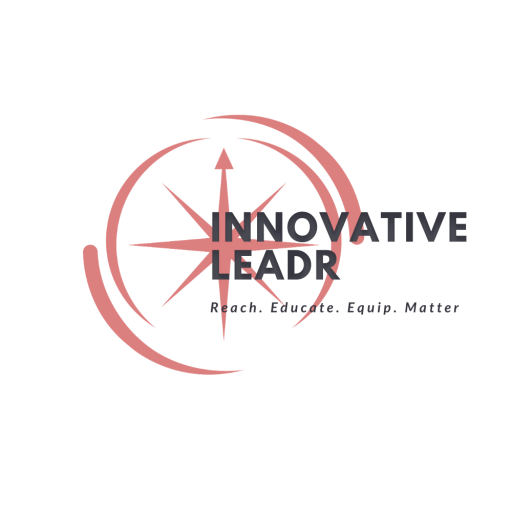Teachers and Educators – How to reach ALL of the students in a classroom
5 Key Components to Ensure Success:
People become teachers because they have a passion for helping children learn and be successful. It is so disheartening to be a teacher and feel as though you have failed a child. Never again will failing a child be an option. Below are 5 key components of initial implementation that will help ensure that you are set up for success to reach all children in your class/grade/school/district.
1. Systematic process for implementing RtI/MTSS district or school-wide
Systematic is the key here! If there is no consistency in screenings and/or assessments used, there is no valid way to measure effectiveness of your implementation
Systematic universal screener(s)
- Systematic universal assessment(s)
- Systematic method for meeting and analyzing data in PLCs
- Systematic process for developing Tier 1: Differentiated Core Instruction Plans
- Systematic plan for reviewing the grade level data to revise/update the plan created as needed.
2. Universal Screening & Universal Assessment Data
It is imperative to have universal data to analyze. Because you can’t always rely on just one data point, it is most effective to have a triangulation of data (at least 3 data points).
- Universal Screener(s) (skill specific screener(s) – fluency, comprehension, vocabulary, etc.)
- Universal Assessment (grade level content/standards-based assessment(s) – baseline assessment, benchmark assessment, prior year End of Grade/Course assessment, etc.)
PLCs strategically meet to analyze data, problem-solve as a PLC, make data-based decisions, and create an effective Tier 1: Differentiated Core Instruction Plan based on that data analyzed.
3. Identify students who are at-risk
Identify all students who did not meet the target/cut scores on the screener(s)/assessment(s) identified by the grade/school/district.
- Students who have at least 2 out of 3 risk indicators based on the target or cut scores from the universal screener(s) and/or universal assessment(s) should automatically be flagged by the team as being Tier 1 at-risk.
- Students who have 3 out of 3 risk indicators – are your most at-risk students and should begin intervention immediately – unless your data states that it is a core instruction issue.
Early Warning Systems: If you are lucky enough to have access to an early warning system – such as the one offered in RtI: Stored! – you will be able to also analyze the following data:
- Absentee Data
- Classroom Grades
- Office Discipline Referral Data (ODRs)
4. Digging Deeper into Diagnostic Data:
If a student’s universal screening data indicates that the student is below or well below grade level, then it is time to dig deeper to identify the student’s foundation specific skill deficit area(s)
5. Creating groups for intervention/enrichment blocks:
Using all of the data, the PLC team can begin creating intervention groups and enrichment groups.
- Teachers should be assigned to instruct the groups based on their strengths. This too should be based on data!
These 5 steps will allow you to truly see each and every student. Once you truly see them and identify their possible risk indicators, as well as gap areas, based on their data, then you have the ability to actually reach all of them. Because it is not an option to fail any child – and – Because all means all!
